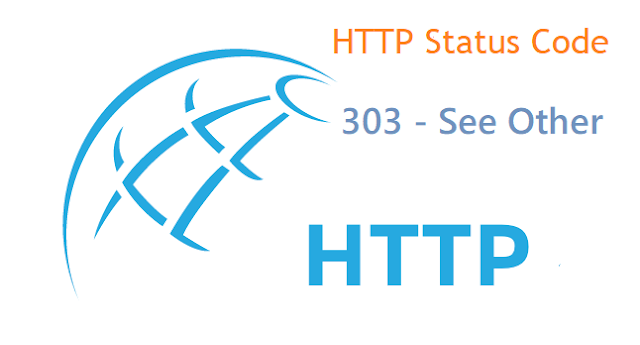The server is redirecting the user agent to a different resource, as indicated by a URI in the Location header field, which is intended to provide an indirect response to the original request. Server sent this response to directing client to get requested resource to another URI with an GET request.
The response to the request can be found under a different URI and SHOULD be retrieved using a GET method on that resource. This method exists primarily to allow the output of a POST-activated script to redirect the user agent to a selected resource. The new URI is not a substitute reference for the originally requested resource. The 303 response MUST NOT be cached, but the response to the second (redirected) request might be cacheable.
The different URI SHOULD be given by the Location field in the response. Unless the request method was HEAD, the entity of the response SHOULD contain a short hypertext note with a hyperlink to the new URI(s).
Note: Many pre-HTTP/1.1 user agents do not understand the 303 status. When interoperability with such clients is a concern, the 302 status code may be used instead, since most user agents react to a 302 response as described here for 303.
A user agent can perform a retrieval request targeting that URI (a GET or HEAD request if using HTTP), which might also be redirected, and present the eventual result as an answer to the original request. Note that the new URI in the Location header field is not considered equivalent to the effective request URI.
This status code is applicable to any HTTP method. It is primarily used to allow the output of a POST action to redirect the user agent to a selected resource, since doing so provides the information corresponding to the POST response in a form that can be separately identified, bookmarked, and cached, independent of the original request.
A 303 response to a GET request indicates that the origin server does not have a representation of the target resource that can be transferred by the server over HTTP. However, the Location field value refers to a resource that is descriptive of the target resource, such that making a retrieval request on that other resource might result in a representation that is useful to recipients without implying that it represents the original target resource. Note that answers to the questions of what can be represented, what representations are adequate, and what might be a useful description are outside the scope of HTTP.
Except for responses to a HEAD request, the representation of a 303 response ought to contain a short hypertext note with a hyperlink to the same URI reference provided in the Location header field.
Wikipedia
The response to the request can be found under another URI using a GET method. When received in response to a POST (or PUT/DELETE), it should be assumed that the server has received the data and the redirect should be issued with a separate GET message.
Since HTTP/1.1

Comments
Post a Comment